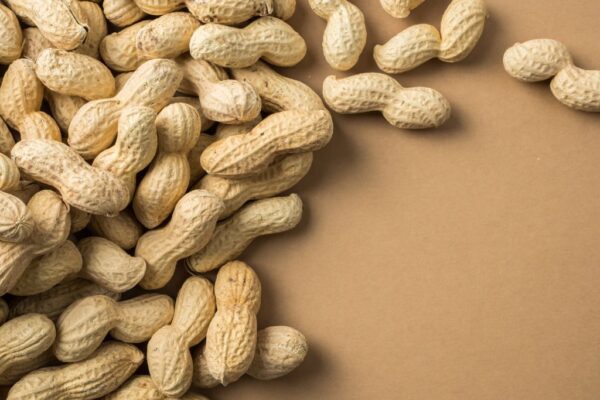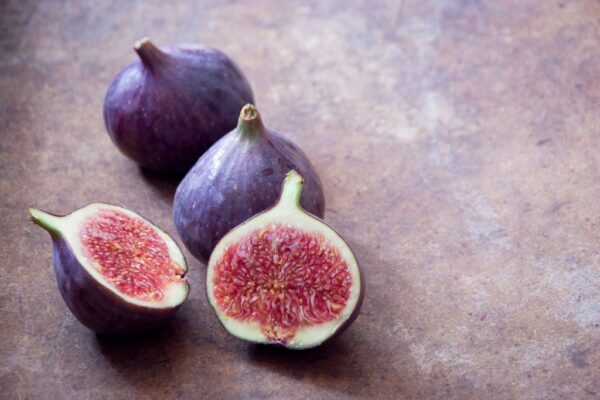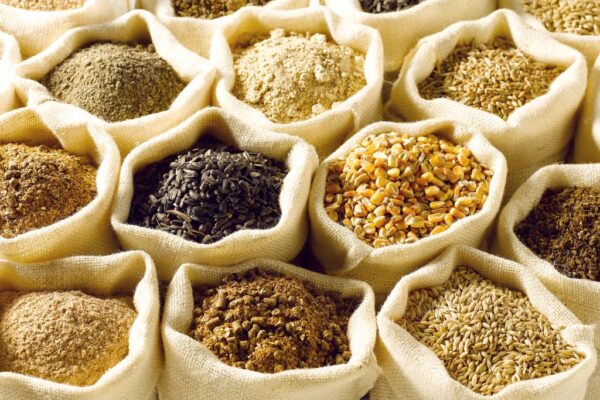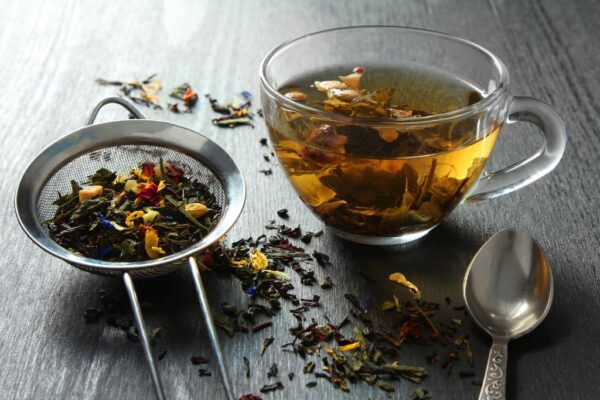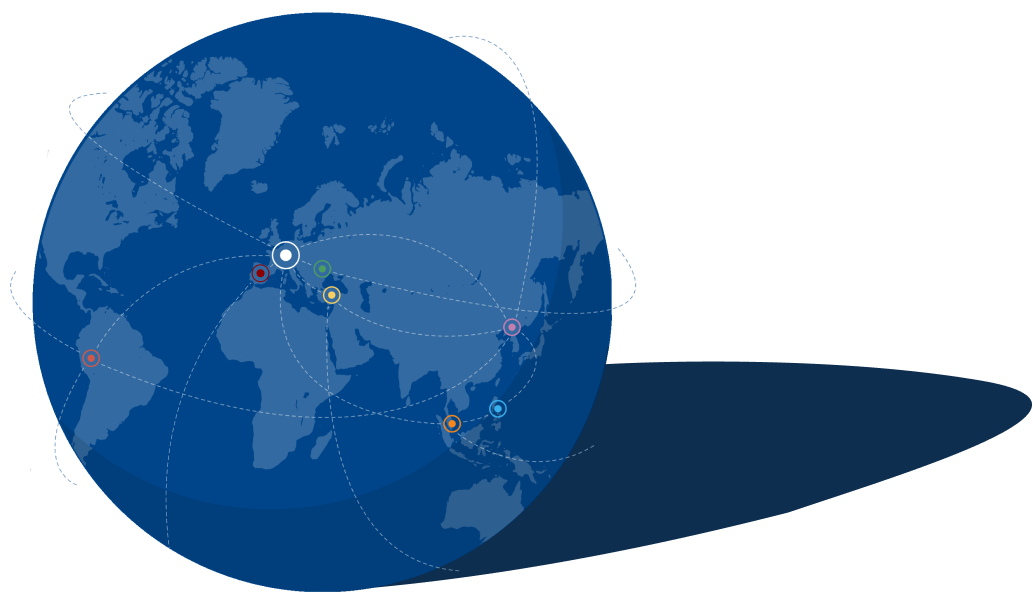Fusarium Toxins
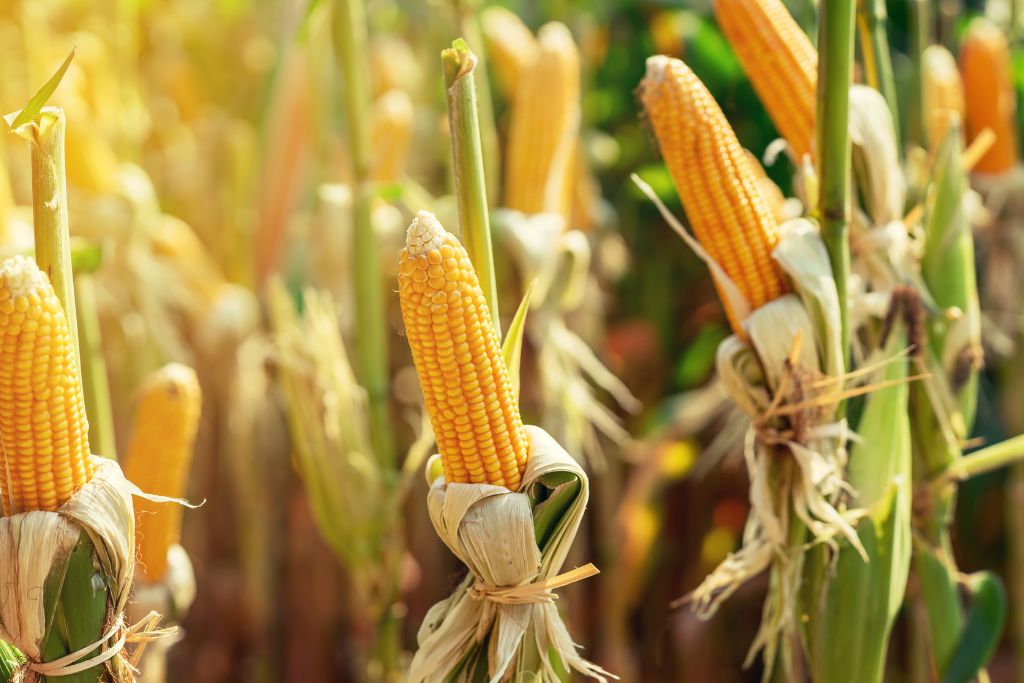
What are Fusarium toxins
Fusarium toxins are synthesised mainly by moulds of the genus Fusarium which are present in the natural microflora of topsoil. Living crops especially cereals and maize are often infested with Fusarium before harvesting. These typical field fungi need a high water activity for development and under favourable conditions may even spread during storage. The synthesised mycotoxins of Fusarium in harvested goods are classified in three major groups, the trichothecenes, the fumonisines and zearalenone.
Trichothecenes
The trichothecenes have very differing chemical structures and are therefore classified into four subgroups. The type A- and B-trichothecenes are the most common. The most important representatives of type A-trichothecenes are the T2-toxin, the HT2-toxin and diacetoxyscirpenol. These are typical in cereals, maize, bananas and potatoes. Particularly significant is the presence of T2- and HT2-toxin in oats and oat products. Comprising the type B-trichothecenes are deoxynivalenol (DON), nivalenol and their respective precursors of biosynthesis, 3- or 15-acetyldeoxynivalenol and fusarenon X. Deoxynivalenol and nivalenol are currently the most important mycotoxins in cereal and maize cultivation.
Fumonisines
Fumonisines are ubiquitous, highly polar mycotoxins which have a very similar chemical structure. Often they are detected in maize. So far, six fumonisines are known (FB1 to FB4, FA1, FA2) which due to their similar structure interfere with biosynthesis of sphingosin, a constituent of the cell membranes. The most common fumonisines are the fumonisines B1 and B2.
Zearalenone
Zearalenone is a common mycotoxin among the Fusarium toxins. Chemically zearalenone is a macrolactone derivative. It is synthesised in harvested goods like maize, cereals and even bananas by a number of different Fusariums. These are mostly the same which are responsible for synthesis of deoxynivalenol. Zearalenone has a distinct estrogenic effect.
Deoxynivalenol
Deoxynivalenol (DON), also known as vomitoxin, is a type of mycotoxin produced by certain species of Fusarium fungi. The toxin frequently contaminates cereal grains such as wheat, barley, oats, rye, and maize. DON-contaminated food products can cause stomach pain, dizziness, headaches, coughing, nausea, vomiting and diarrhea in humans.
DON is very stable during storage, technological processing and exposure to high temperatures. Avoidance strategies therefore lie in the agricultural sector (e.g. avoidance of maize as a preceding crop) or in reduction during processing (e.g. cleaning step in grain processing).
This might also interest you
Parameters & Analytical Methods
-
State-of-the-Art Analysis
We constantly update our spectrum of parameters to the latest developments in the food analysis sector and offer state-of-the-art analytical methods for the safety of your products.
-
Comprehensive multi-methods
We are constantly expanding our range of services in order to be able to guarantee you a comprehensive range of analyses. We offer multi-methods for mycotoxins, dioxin analysis or molecular biological analysis for GMOs and allergens. The GALAB Pesticide500Plus® multi-method can even be used for difficult matrices such as spices and herbs.
-
Constant development
If you cannot find the parameter/analysis you are looking for here, please do not hesitate to contact us. Our research and development department implements your requirements and specifications cost-efficiently and with a high quality standard.
-
Quality Policy
GALAB Laboratories has implemented a quality management system to allow for optimum service for their customers. It is our goal to establish close relations to customers by customer satisfaction. Therefor quick reactions to customers’ specific needs as well as considerations for quality demands of the market are necessary. We strive to provide comprehensive and professional advice to our customers. Learn more
Get in touch, we will help you.


